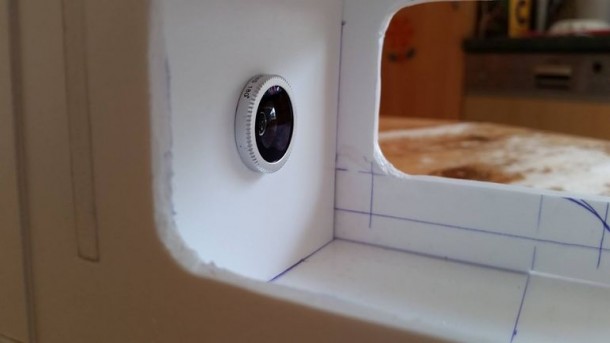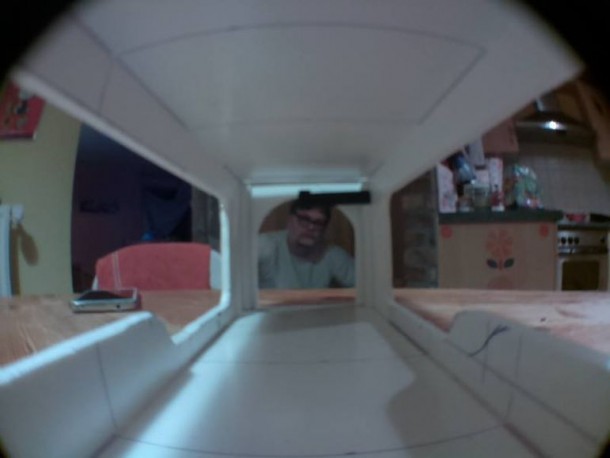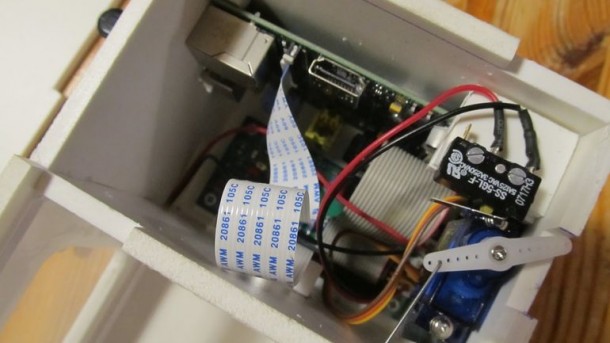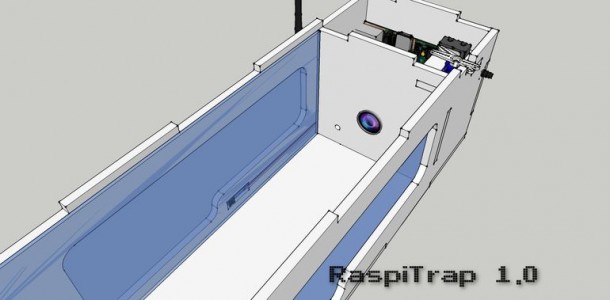Humane mousetraps are created for one purpose only; capturing those pesky rodents and having them move away from your premises. Up till now there was no involvement of electronics in mousetraps, however, that is about to change with the RaspiTrap that has been created by tinkerer Alain Mauer. By incorporating Raspberry Pi, IR sensor and Wi-Fi that gadget is able to send a photo notification once the door is closed, entrapping a new prisoner.
The frame has been created using 5mm foam PVC sheet that was cut to shape as per CAD designs that were created by Mauer. The box has been divided into two parts; one section is for the electronics while the other one works as a temporary home for the mouse that gets caught. The viewing windows have been cut into the sides of the housing with TEMIC K153P IR sensors installed behind 3mm thick transparent acrylic plates.
The enclosed rear section houses a Raspberry Pi development board that is running Arch Linux. Arch Linux is a custom PCB for the IR barrier, a Pi camera module and a servomotor. A wide-angle-fish-eye lens has fronted the Pi camera module. A thin metal bar goes from the servo to a thin PVC door. The Python scripts control the actions of the trap and a Wi-Fi dongle allows it to connect to a wireless home network.
Once a mouse wanders into the RaspiTrap, the IR beam gets broken and thus causes the servo to pull the pin out that is holding the door aloft and shuts the only escape route off. Once this happens, the LED lights up the interior of device and the Pi camera takes pictures of the new prisoner. This picture is then sent via email to a predetermined account where the user is prompted to recover the trap and carry out the release of the occupant a safe distance away from user’s home.

According to Mauer, enough water and food needs to be placed in the trap to allow that the animal remains healthy and can be released safely. All of the prisoner mice that have so far been caught are enjoying the wild right now. Mauer has further plans of tweaking the gadget to allow for a live feed to be provided to the user. Check out the video below for more details


